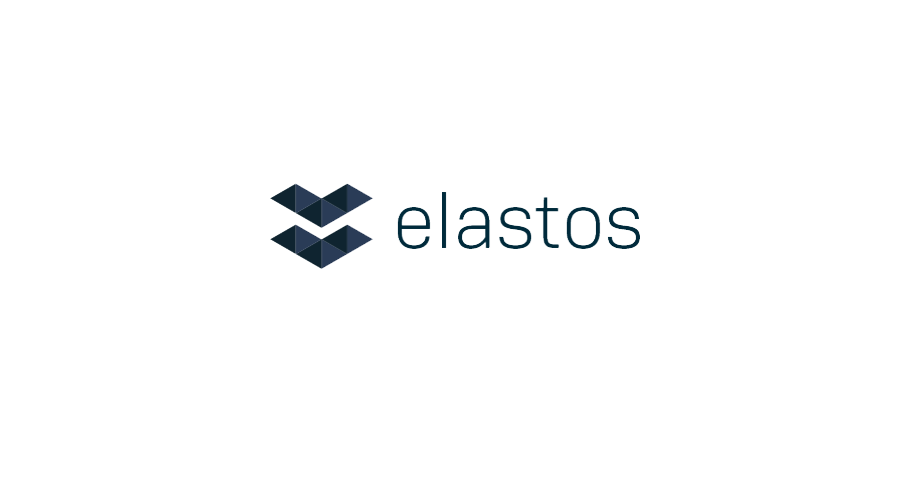Elastos, the open-source smart web platform powered by blockchain technology, has announced the completion of its Delegated Proof-of-Stake (DPoS) component which is ready to go live after the community voting process. As indicated earlier this week, the DPoS launch will represent the completion of its hybrid consensus algorithm.
Having announced the finish of this development, the election and implementation process has been divided into 6 phases. Although the announcement does not specify the timeline and dates for each phase, it is expected that the process will be complete by the second quarter of 2019.
Elastos is an open-source software implementation that is aimed at revolutionizing the operational fundamentals of the internet as a whole. It is a project that focuses on redefining how users interact with products on the internet with respect to the systems of value creation and distribution.
A Democratized Governance Protocol
As contained in the announcement, the election will not be rushed. Rather, it will follow a gradual process across a series of phases. This is as a result of the nature of the consensus implemented by Elastos, which is a hybrid of Auxiliary Proof of Work and Delegated Proof of Stake (AuxPoW X DPoS).
Regular internet protocols of today are centralized, and control of the value transfer and revenue generation ecosystem is in the hands of just a small percentage of users. This is the structure that Elastos has come to demystify.
One of the major properties of blockchain technology is the decentralization of control. With blockchain, every participant has the power to determine the extent of value that they control. Users within this system will no longer simply remain targets for revenue generation, rather they will have the power to create and generate value and revenue for themselves.
Revolutionizing the World Wide Web
According to the project’s whitepaper, Elastos wants to make digital assets scarce, identifiable and tradable. Property rights pave the way for wealth creation, and Elastos intends to build a new World Wide Web that respects those rights.
Blockchain in an innovative technology that is still in developmental stages. Right from the first decentralized blockchain that was created, it was made known by its creator, Satoshi Nakamoto the invention is not a finished product.
The goal of Elastos is to create an internet that allows users to access articles, movies, and games directly, without going through a media player or another platform intermediary. Elastos will use blockchain technology to issue IDs for digital content, making it possible to know who owns which digital assets.
Addressing Existing Problems
While these inventions are innovative and bring significant solutions to various problems, certain limitations have been identified as well. For instance, on the Ethereum blockchain, there is a lack of computation speed and flexibility. Also, there isn’t sufficient space therein to store data, since its focus is mainly on recording transactions.
These are some of the problems that have been addressed by the Elastos blockchain which makes it possible for its implementation as the new internet of value. In order to achieve this, Elastos proposes to adopt a flexible main chain and sidechain blockchain design structure. The main chain is only responsible for basic transactions and transfer payments, while the sidechain executes smart contracts to support various applications and services.
